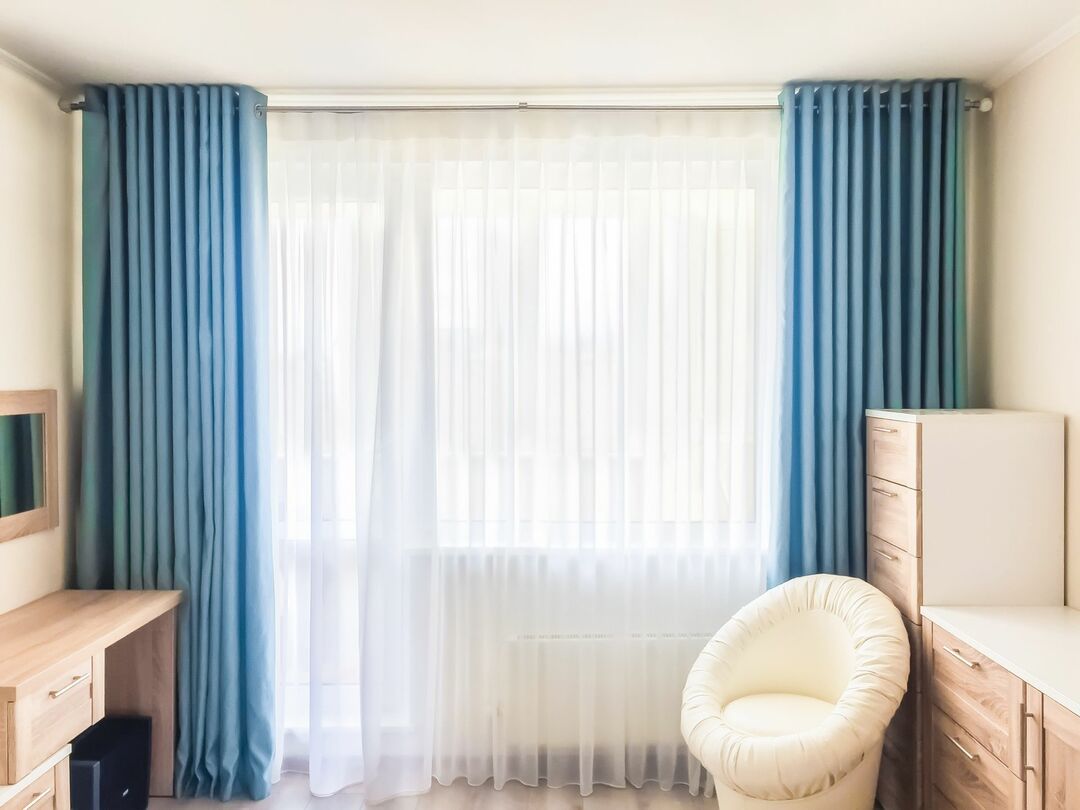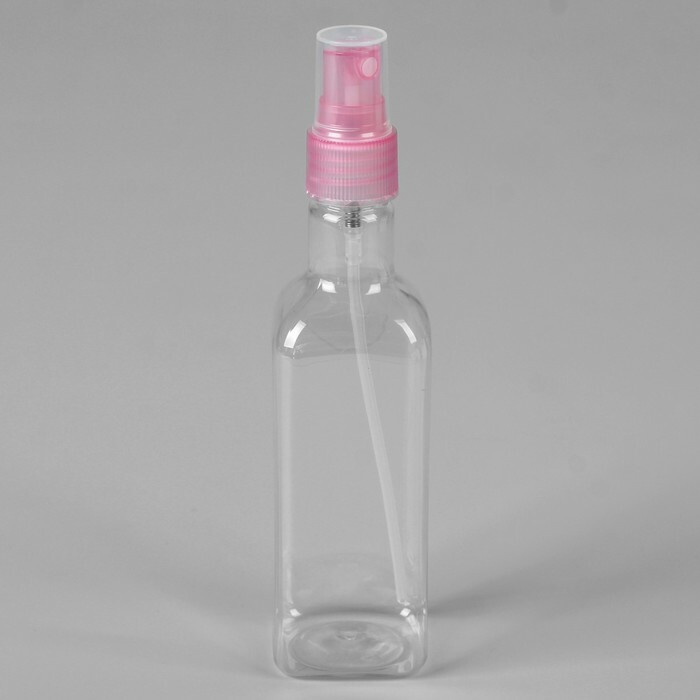The main method of steel communication connection when the assembly is in the flat water supply pipe thread. Produce its cuts, despite the apparent complexity of a glance, it is not only an expert but not with the appropriate expertise simple man. In order to cut threads on the water pipe with your hands, you must have some knowledge about what constitutes this compound, which species it is. Also requires a minimum set of tools to perform such work, the skills to use them.

What is a thread on metal pipes
Pipe thread - alternating helical grooves and protrusions (windings) on the outer or inner surface of the pipe. It is used for mounting external, internal gas and water supply systems, connection of pipes in various designs.
The main functions of the thread on the metal pipes are as follows:
- Pipe connection with various fittings (couplings, sleeves, angles, tees, crosses).
- Sealing, reliable fixation of pipes connected by means of sealing materials.
- The possibility of dismantling communications.
The main parameters of threaded connection:
- Profile - ridges and valleys of the threads. Depending on the species of the threaded joint profile can have a triangular, trapezoidal shape. The principal characteristics profile provides an angle at its vertex, height.
- The outer diameter (D) - parameter is equal to the diameter of the cylinder described by the tops of the projections (to the male thread) or bottom points hollows (internal). Expressed in millimeters
- Inner Diameter (D1) - in contrast to the previous parameter equal to the diameter of the cylinder described for bottom points depressions, protrusions tops. Measured in millimeters
- Direction - depending on the direction of movement of turns when screwing the threaded portion is of two species: the right (twisted in a clockwise direction), the left (at a twisting turns of the moving counterclockwise arrows);
- Step (P) - the distance between the same sides of adjacent profile projections. It is expressed in millimeters or number of turns (thread) of an inch.
- The number of entries - the number of initial (end) of the ridges with which the threaded part starts.

For tapered threaded connections are also useful parameters such as the taper and lead angle.
Advantages and disadvantages of pipe thread
The main advantages of pipe threads are:
- Reliability, ease of assembly of thread connections.
- The possibility of disassembly.
- Additional sealing.
The disadvantages of such a compound include:
- Samoraskruchivanie with strong vibrations.
- The complexity of cutting in large diameters.
- Gradual wear threaded portion at frequent its unwinding and reconnection.
On a note! Threaded connections on water communications, the heating system is not desirable to seal the flax paint - disassembly of the unit in the future will be virtually impossible.
Classification of pipe threads

Depending on the shape of the profile pipe threads are of the following types:
- cylindrical;
- conical;
- round;
- inch cylindrical;
- inch tapered.
Table 1 Characteristic pipe threads
| Type of pipe thread | Outer diameter, mm | Step (P), mm | Profile height (H) | The angle at the apex of the profile | taper angle | Symbol, decoding | Regulating the quality parameters and the threaded portion, regulations |
| Cylindrical (G) | 7,7-163,8 (1 / 16-6 inch) | 0,907 to 2,309 (11-28 threads per inch) | H = 0,960491R | 550 | 00 | G11/2 LH-B-hand thread 40 cylindrical precision class B with an outer diameter of 1.5 inches, 40 mm long makeup | GOST 6357-81 "Basic norms of interchangeability. Thread cylindrical pipe "; |
| conical | 7,7-163,8 (1 / 16-6 inch) | 0,907 to 2,309 (11-28 threads per inch) | H = 0,960491R | 550 | 3°34′48″ | Rc11/2LH - left internal tapered thread | GOST 6211-81 |
| round | 12 | 2,54 | 1.27 mm | 300 | 00 | Cr 2.54 · 12 GOST 13536-68 -rule round thread diameter of 12 mm and pitch 2.54 mm | GOST 13536-68 |
| inch cylindrical | 6.35 and 9.52 mm | 1.27 and 1.58 mm (20 and 16 threads per inch) | H = 0,866025P | 600 | 0 | UNC 1/4 "- inch cylindrical thread diameter of 6.35 cm, 1.27 mm pitch) | GOST 3362-75 |
| inch tapered | 7,895-60,092 mm | 0,904-2,209 mm (11,5-27 threads per inch) | H = 0,866025R. | 60 | 3°34′48″ | K 2 "GOST 6111-52 - inch diameter tapered thread in the work of the 60.092 mm, 2.209 mm pitch | GOST 6111-52 |
The main methods of cutting internal and external threads
There are two types of threading works:
- Automatic (machine) - all works are carried out with the help of lathes;
- Manual - the threaded portion on the tubes are cut with special hand tools.
The first method is more reliable and technologically, but not always available - requires special equipment, skills, work on it for him.
Tools for threading

For hand threading work the following tools:
- Plate (chaser) - metal washer 4 with the chip discharge groove 4 of the blade combs solid tool steel at the inner surface. To operate the plate is placed in a frame with two handles - plashkoderzhatel.
- Tap - rod consisting of a square in cross-section of the shank, the blade 4 combs, grooves 4 for removal. When cutting the threaded portion to fix the pipes to the tap metchikoderzhatele.
- Hand die stock - special threading kit, consisting of removable plates with located inside the cutter and the guide pipe, equipped with a ratchet rim, handles, extensions.
For threading operation of the automatic (machine) in the manner required lathe spindle lathe for metal.
In addition to the threaded tools for this type of work is needed calipers, angle grinder (Bulgarian), a file, the engine oil.
cutting technology
Technology cutting threaded parts manual and automatic method differs significantly.
die

In order to cut threads on the water pipe die of their own hands, perform the following steps:
- Prepared by cutting a pipe clamped in a vice in a horizontal position.
- Bulgarian make smooth pipe end.
- Using vernier calipers, measure the outer diameter of the pipe.
- Reconciled with the special tables by learning the required (minimum) diameter of the threading.
- With grinder the outer surface of the pipe is cleaned to the desired diameter.
- Files with the chamfer end.
- Inserted into a plate plashkoderzhatel dress on her suction pipe part.
- Pressing down the plate to the tube slowly begin to rotate the handle to plashkoderzhatelya until comb threaded tool will not "hang" for metal chips and displayed.
- Later plashkoderzhatel rotating slowly with a die in a clockwise direction, cut the required length of the threaded portion. While making 2-3 turns in a clockwise direction to reset the chip die is rotated 1-2 turns counterclockwise.
- To was sliced with less effort and tool blades are not tupilis periodically applied to the tube a small amount of engine oil.
After completion of the threading work plate is cleaned of chips. The tube is removed from the vise and using products with a nut or a special gauge check the quality of the work.
Important! Pipe-cutting threaded part should not be rotten, badly damaged by corrosion. Inadmissible as its deformation along the length - bends, dents, creases. In addition, when choosing and paying attention to the labeling pipes - for water and gas supply systems are used AIV electrowelded steel pipe manufactured according to the requirements of GOST 3262-75.
diestock

Threading die stock of work carried out as follows:
- The tube is clamped in a vise horizontally.
- Generate metering outer diameter of the pipe, are validated.
- With grinder, a file portion for threading purified rust old paint, the excess metal.
- Tube lubricated with oil or lard.
- Die stock is inserted into the frame with a ratchet.
- By means of the guide tube is mounted on the die stock.
- Pressing the rim with die stock to the end of the pipe, begin to rotate the knob until the chip and increase efforts.
- After incisors die stock caught in the metal, hand crimping tool to the tube was removed and cut into the desired length of the threaded portion.
During the cutting die stock for every 2-3 turns clockwise, make 1-2 against - it allows you to dump the resulting chips, to avoid clogging cutter tool.
Lathe

Works on a lathe can be made using a special dice or thread-cutter:
Cutting the threaded portion of the machine as follows:
- Pipe clamped in the machine spindle.
- Grind simple cutter to the desired diameter.
- The end face of the pipe are aligned, it is removed from the chamfered.
- Turn off the machine, is applied on the pipe surface or a special lubricant oil.
- Wear on the intake pipe fixed in plashkoderzhatele plate.
- They include small turns of the machine and, holding the tool slowly cut into a pipe thread.
After the threaded portion is cut machine is stopped, include reverse, on slow reverse speeds carefully removed plate.
Threading works by using a special tool made as follows:
- With a simple pipe cutter grinds to a desired diameter, its end is aligned with it chamfered.
- Thread-cutter installed in the cutting head.
- By means of a special template tool tip is aligned with respect to the set, after which it is securely fixed to the cutting head.
- With the help of special tables set up the machine.
- Produce cutting threaded portion 2-3 receiving deepening its groove in one pass cutter 0.5-0.7 mm.
Important! After completion of the cutting quality of the threaded portion is checked by means of a calibration nut. All used equipment, tools after completion cleaned of chips, oil.
GOST requirements to the thread
The main requirements for a cut pipe threads are as follows:
- The uniformity of the coils.
- There are no burrs and cracks.
- Compliance with the threaded portion sizes in accordance with respective requirements for a specific type of thread regulatory document (GOST).
- Free stroke calibration nut.
Check the conformity of the threaded portion of the data requirements of visually, if necessary using a magnifying glass or a magnifying glass.
Recommendation of experienced craftsmen and common mistakes
In addition to the threading work technologies described above are very important, and also following the recommendations of experienced craftsmen:
- The best lubricant for threading works is simple fat.
- In order to avoid damage to the pipe cutting tool before cutting her thread very carefully sanded.
- Instead of the clutches is used for manual slicing pipe clamp - a special device without damaging the tube walls and securely fixing it.
The main mistake people make, for the first time holding the threading operation, is the wrong choice of pipe diameter, no chamfer, cutting without the use of lubricants.


